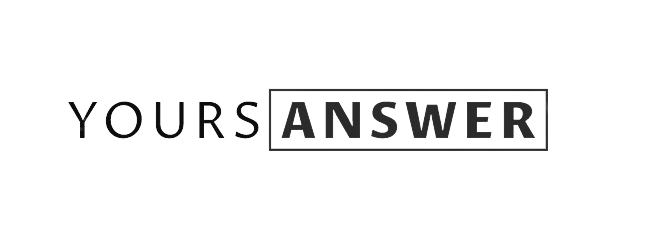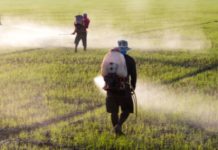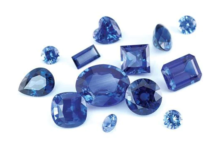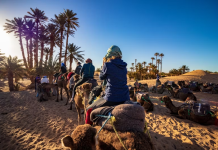Cape buffalo hunting is every hunter’s dream. However, don’t let its docile appearance fool you. The Cape buffalo is the most dangerous of the Big Five animals when wounded. An enraged buffalo is crafty, vengeful, and violent.
Buffalo aren’t limited to the Cape. They’re all-over South Africa. These animals usually graze in thick bushveld, and at night they congregate in herds to defend their young from lions and other predators. Bulls and cows have large, curling horns, but the cows don’t have a boss on the forehead like bulls.
For many, the most exciting African hunt is probably shooting a buffalo. However, the experience can be very different depending on whether you are hunting a buffalo in a small area or in a large area using traditional tracking techniques. There are buffalo of all shapes and sizes on many sites across the country. You just need to choose what kind of experience you want.
Tips for hunting Cape Buffalo
Cape buffalo hunting in South Africa calls for precision and preparation. Among the Big Five in Africa, Cape buffalo are among the deadliest, and they claim the lives of more professional hunters than any other animal.
In South Africa, tracing spoor is a common method for hunting buffalo. Depending on the environment, spot and stalk can be a viable strategy. You probably won’t be able to resist going on more cape buffalo hunts after your first.
In contrast to the elephant’s often mocking charge while its ears flap, a buffalo charge is an untamed force that must be halted at the first sign of trouble. Only a trained hunter should go after cape buffalo, and one should not be conceited. Those that hunt them frequently have learned to be respectful and modest around such a dangerous animal.
What to consider when hunting Cape Buffalo
The Cape buffalo, or Inyati, as it is known among the Zulu people of South Africa, is a formidable animal. Every hunter knows that if the first shot at a buffalo isn’t good, the subsequent fourteen will just irritate him more. When hunting, an irate Cape buffalo can be a lethal adversary. Listen to your expert hunter’s advice and act wisely.
Since Cape buffalo have thick skin, a .375 or larger calibre is ideal for hunting them. To maximise damage with your initial shot and minimise the risk of buffalo injury, it is recommended to use a quality, heavy-grained, soft-nosed bullet. When accompanying a client on a buffalo hunt, professional hunters favour larger calibres, such as .416 Rigby.
Even with injuries, a wounded buffalo could be quite tough to kill. The adrenaline that courses through the buffalo’s massive veins gives it tremendous strength. Particularly when you’re trying to fire a follow-up shot into dense bushveld, it will be powerful, swift, and ferocious.
Shooting for the head or heart gives you the best chance of taking down a Cape Buffalo with a single shot. Shoot into the V from a close distance. The intersection of the neck and shoulder should be your target when viewing from the side. Another option is to use a 40-calibre bullet, which has excellent penetration and should strike it square in the chest or behind the skull.
Ultimately, your aim should be to ensure that you hit the deadly shot to avoid the animal days of agony. Sit down, aim directly at the preferred body part, shoot coolly, and press the trigger gently rather than jerking the rifle. Ideally, you should rest the rifle against a solid object to prevent it from jumping, causing you to miss the animal.
If it is on your bucket list to go Cape buffalo hunting in South Africa, be sure to book your safari with a professional hunting business.





























